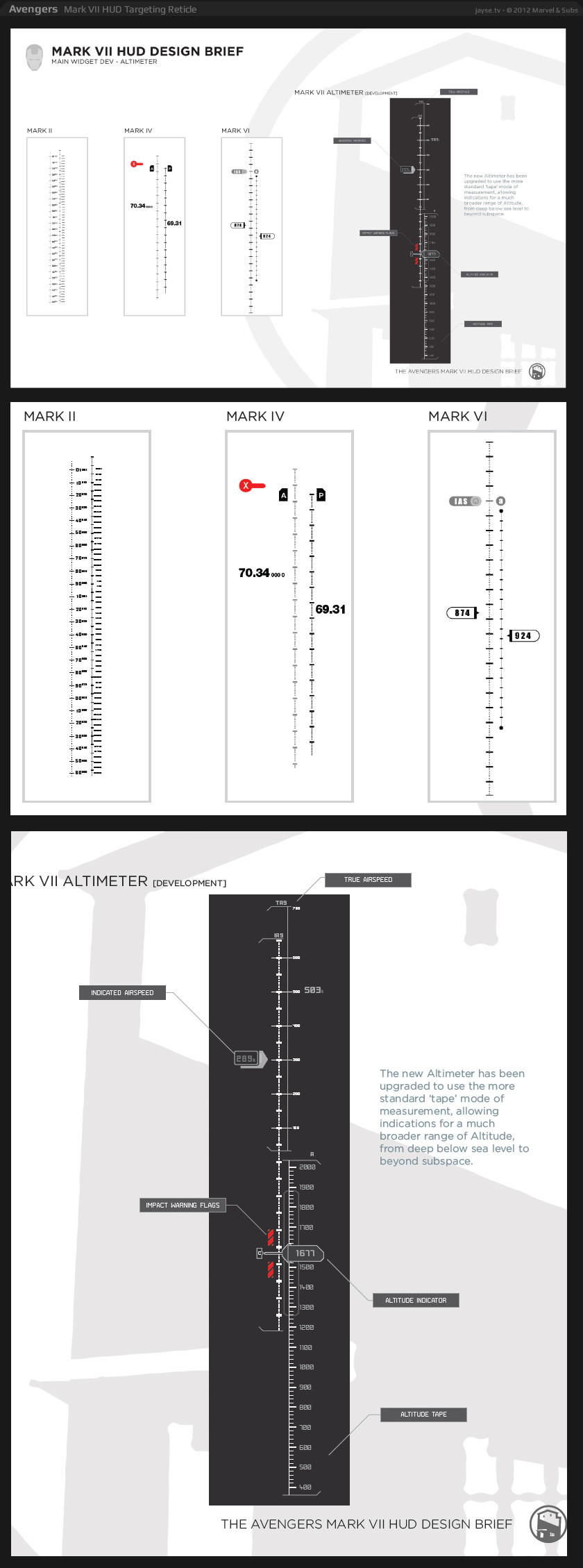TLDR: From Iron Man 3 onwards, at least, Illustrator, Cinema 4D and After Effects were used.
Long Answer:
I can't find too much information about Iron Man 1 or 2, but in Iron Man 3 and beyond what you are referring to is the Heads Up Display, created by 3D designer Jayse Hansen.
From his website (which is offline at time of writing, but can be accessed via cache):
I basically put together a ‘HUD Bible’ that consisted of all the
elements of the HUD, their purpose, each design iteration through the
various suits, and how the new design was an upgrade in terms of use
and function.
This bible was made up of picture after picture, like these:


Explaining how these images were then transformed onto the screen:
I designed each element in Illustrator, exported to a PSD and imported
into After Effects for Animation. Some elements were designed in
Cinema 4D and also brought into After Effects for final color
correction to Robert Downey Jr.’s face, interactive facial highlights
and eye reflections. This was the first time the HUD was done in
Stereo. The Mark VI was a bit flat in nature – allowing the Mark VII
to come alive with dimension...
Since working in stereo (3d) meant that everything was in focus and
clearly readable, it was important that each part had a function –
rather than just being random graphics thrown in without specific
purpose.
So using Illustrator, Cinema 4D and After Effects allowed the last image, for example, to be transformed into this:

On a random trivia note, in an interview with The Next Web, the creator admitted designing the HUD based on an input from an A-10 Fighter Pilot, to ensure it was fit for purpose:
You said on your site that Iron Man’s Mark VII HUD was designed with
input from an A-10 Fighter Pilot, is that something you like to do,
take real-world experts and use them to inform your designs?
Yeah, I really love the research process. Since film production
timelines are so short, the best way is to find people who are already
experts in a particular field and get their input. With the HUD I knew
I had to understand a bit of how real HUDs worked in order to take
them to the next level, so I used flight sims, space shuttle sims and
read books on glass cockpit instrumentation.
But the most pertinent info came from a combat pilot himself, because
I could ask him how he’d want his HUD to function in a very specific
situation. It’s fascinating and something I’ll continue learning more
about because I still can’t fly a real jet fighter. But maybe one day!




